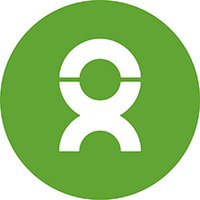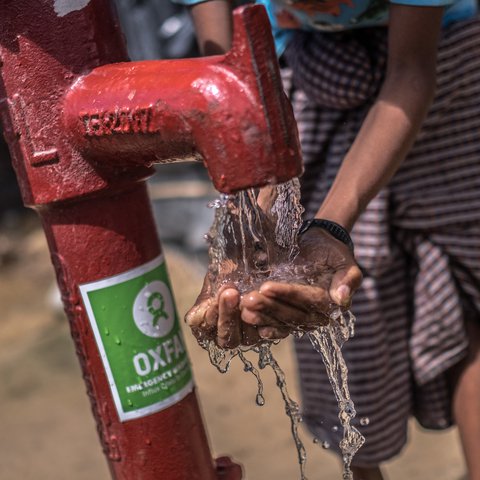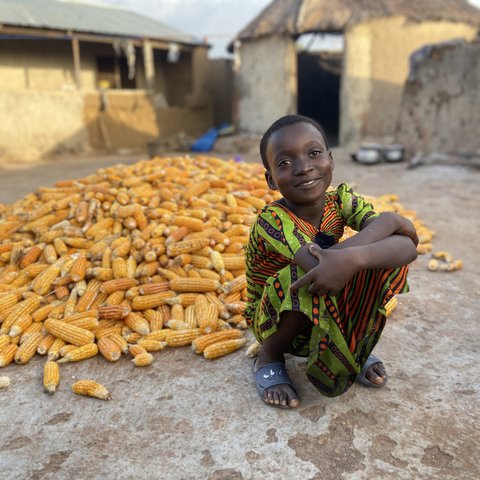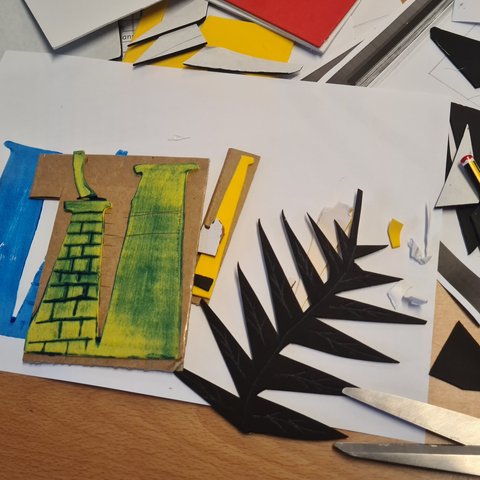Eleanor Farmer/Oxfam
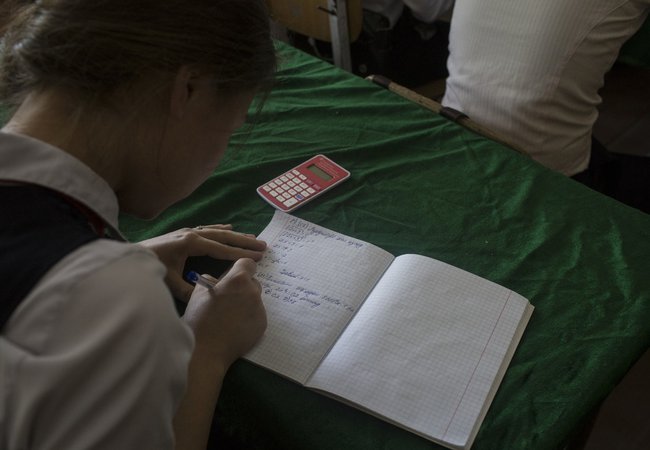
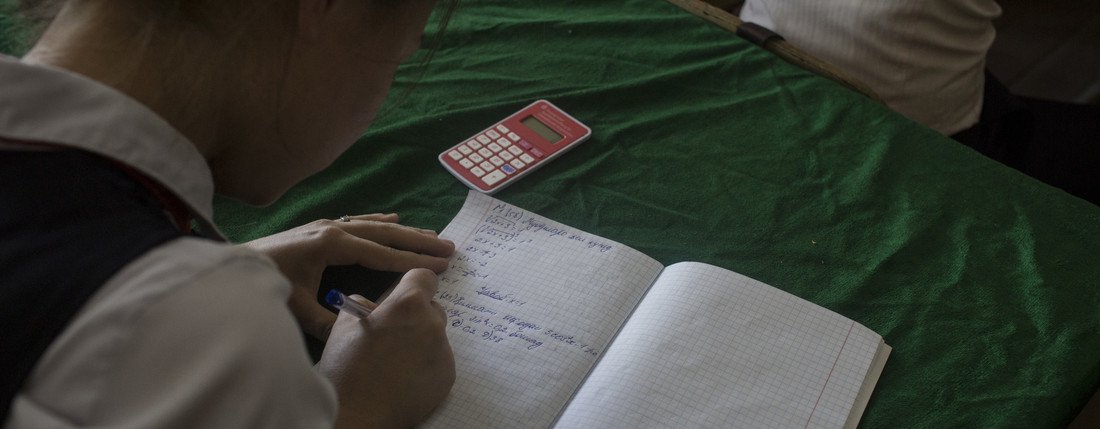
5 ideas for learning about the world through maths
Maths is all around us.
Here are some activity ideas for learning and thinking about the world through maths.
Making sense of big numbers
- Every day we are bombarded by facts and figures in the media.
- Sometimes it can be difficult to fully understand what these numbers mean.
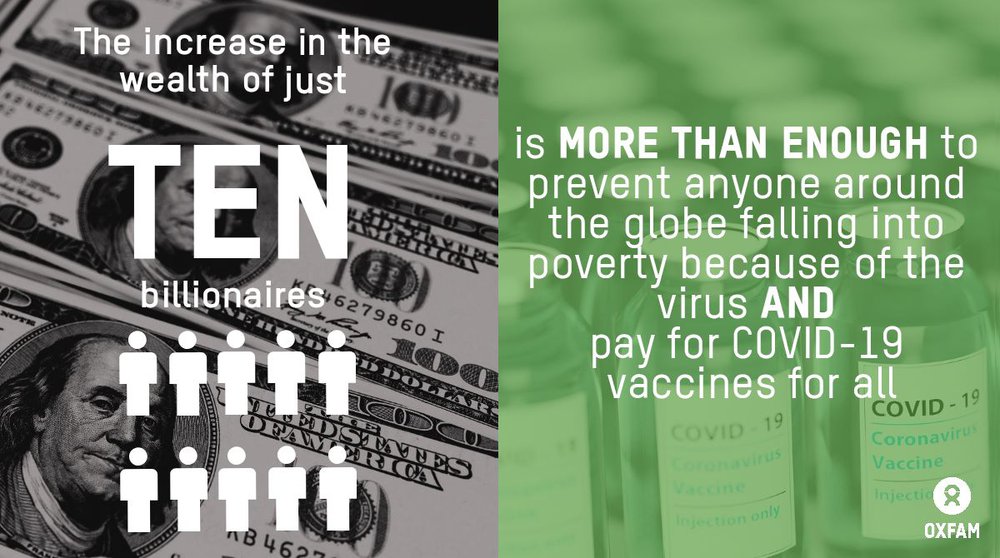
Have a think about this real-life statistic from Oxfam.
- The wealth of the world’s ten richest billionaires increased by US$540 billion between 18 March and 31 December 2020.
- That’s more than half a trillion dollars.
- Oxfam has calculated that this is more than enough to prevent anyone on Earth from falling into poverty because of the virus AND pay for a COVID-19 vaccine for all.
How long do you think it would take to count to half a trillion, if you counted for 16 hours a day?
Answer: It would take close to 143,000 years.
Try and think of your own questions to help people appreciate what half a trillion means, such as:
- What year will it be half a trillion minutes from now?
- How many times around the world would you travel if you walked half a trillion steps?
Having fun with geometry
- Exploring the flags of different countries is a fun way to learn about shapes, angles and symmetry.
- What 2-D shapes can you spot in the flags? Can you name these?
- Use a protractor to measure any angles in the flags. Are there any right angles? What about acute, obtuse or reflex angles?
- Are there any lines of symmetry in the flags?
- Perhaps you could design a symmetrical flag for your own imaginary nation. What shapes and angles will you use?
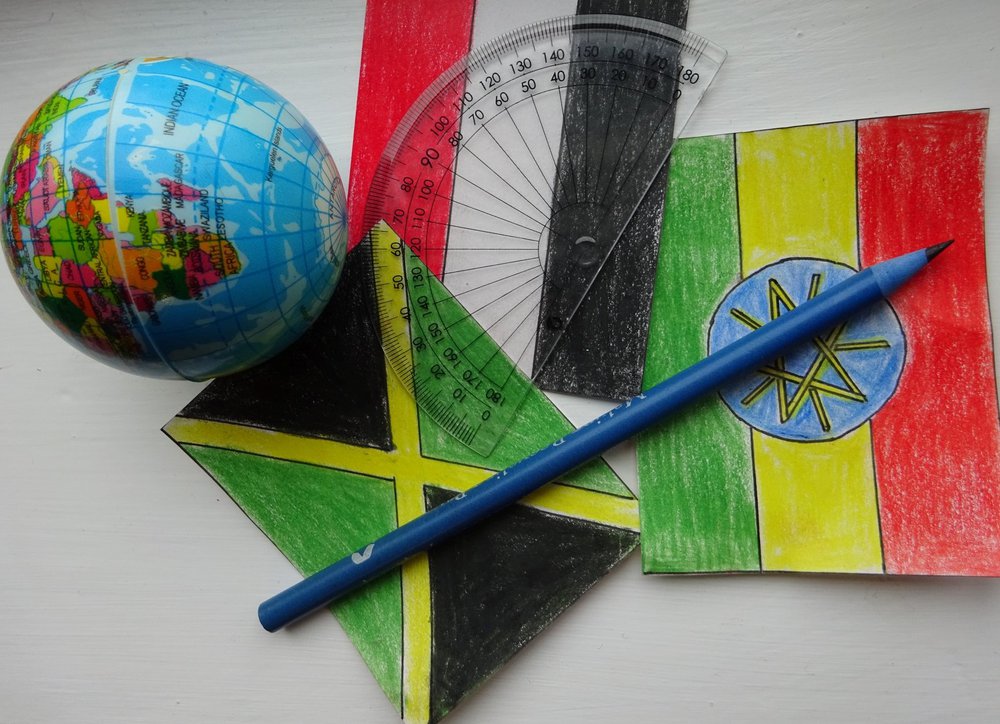
Exploring Shape and Symmetry
- Maybe you could investigate how different cultures use shape and symmetry.
- Perhaps you could create some geometric designs inspired by Islamic art or rangoli patterns.
Image by hoomarg from Pixabay
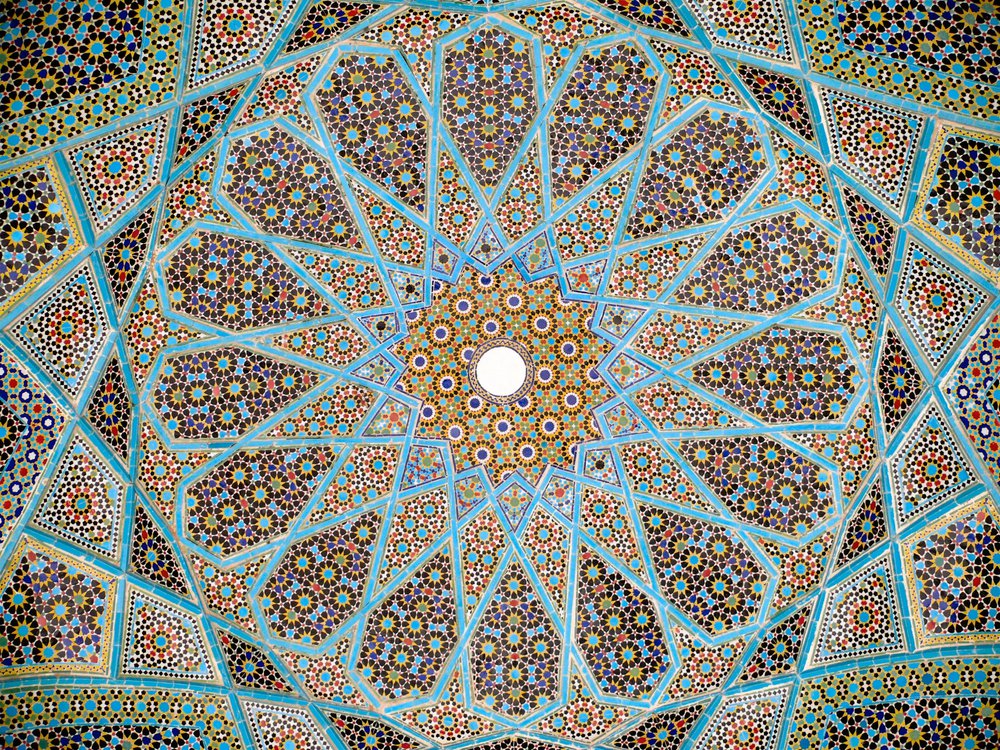
Sharing things out in an unequal world
- Often when we think about inequality we think about how much money the richest people have compared to the poorest people. It's a bit like looking at how big a piece of a cookie one person has compared with another.
- But inequality is also about the differences in life opportunities that people have. For example, whether someone can go to school, has access to health care, is able to live in safety or has the power to influence decisions that affect them.
- Maybe you could try sharing out a cake or some coloured pencils in different ways. How would you use fractions, ratio or percentage to describe different equal and unequal distributions?
Measuring journeys across the globe
- Measuring the distances between countries and places can help us understand our place in the world.
- Maybe you could have a rummage in your wardrobe or drawers and look at the tags on your clothes to find out where they come from.
- Or perhaps you could look at the packaging of food items in your kitchen to see where they were produced.
- What is the distance between these countries of origin and where you live?
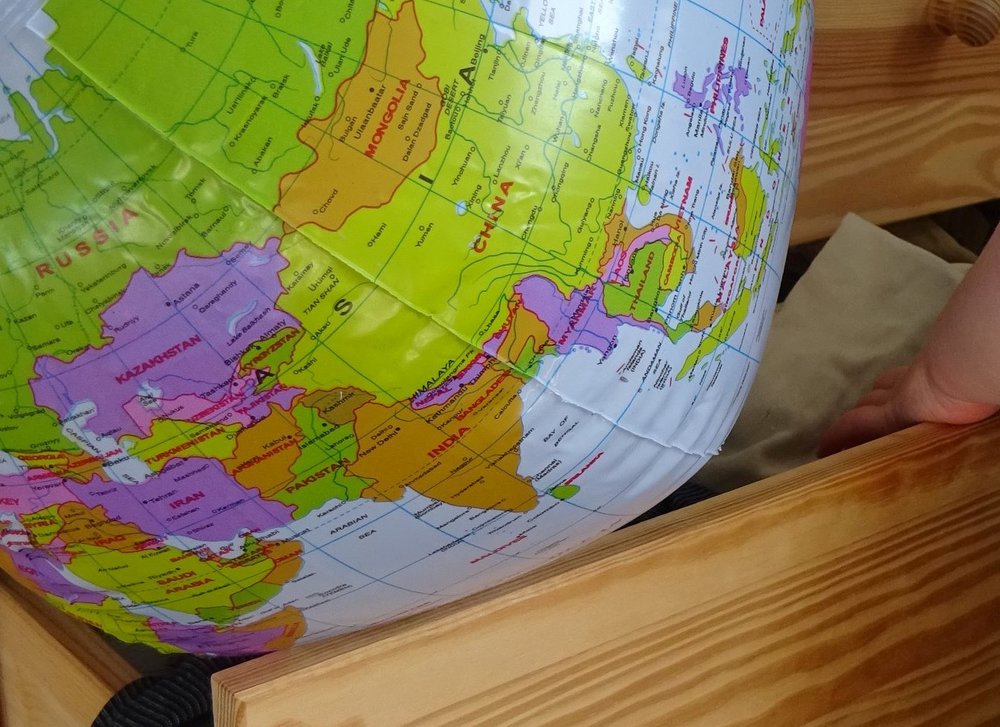
Investigating probability
- Maybe you could use FIFA rankings or medal tables from previous Olympic Games to make probability statements about the likelihood of teams from different countries or continents winning or getting a medal.
- Have a think about why you think some countries or teams from certain continents have a better chance of winning than others.
- Do you think these differences are fair?
Learn more
Classroom resources
Our Everyone Counts and More or Less Equal resources for ages 8-12 use real-life stories and statistics from young people in Ethiopia, India, Peru and Vietnam to bring maths to life. Develop skills and understanding in topics such as time and data handling.
Our The World Cup: A Fair Game resource includes suggested activities for using fractions, probability, percentages and rations to compare World Cup countries.
More posts like this
